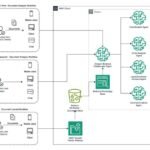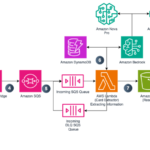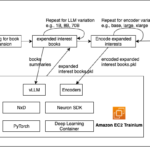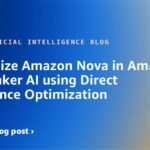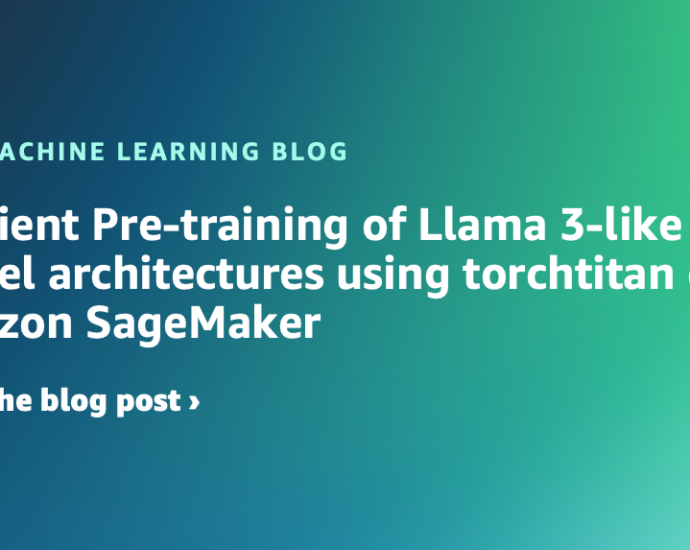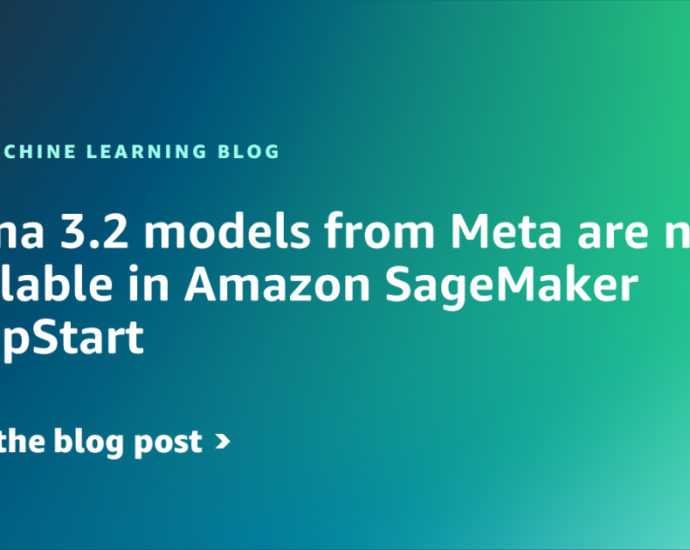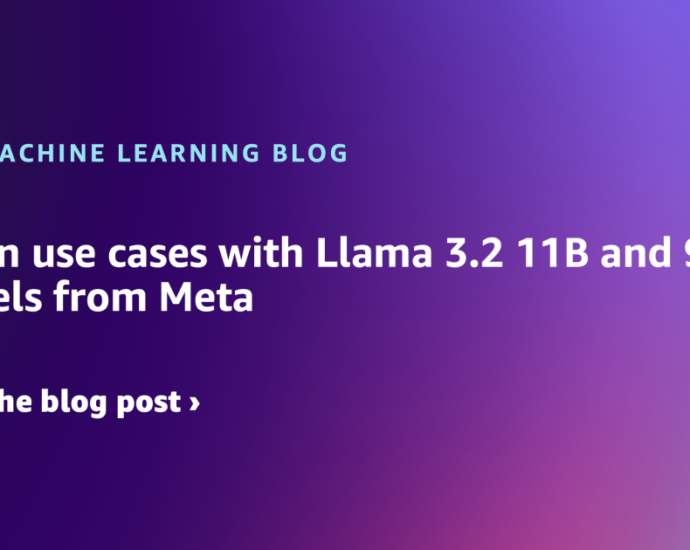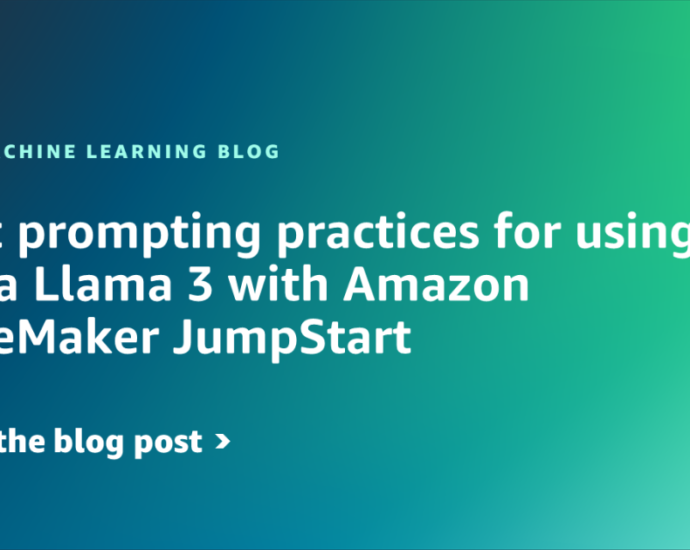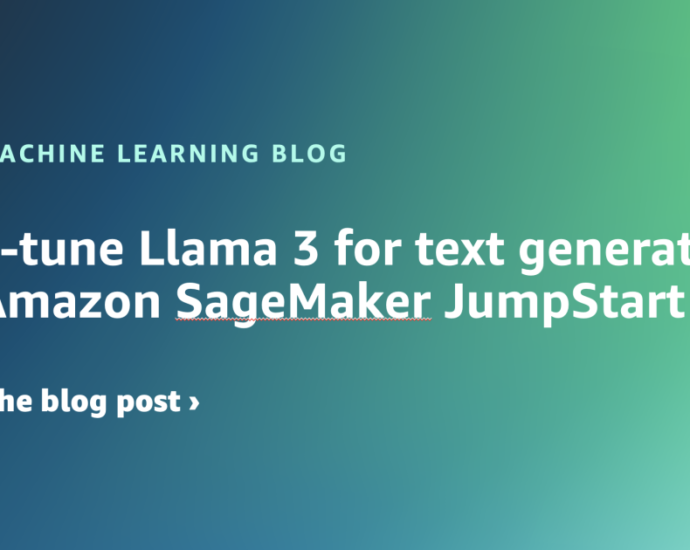Fine-tune Meta Llama 3.2 text generation models for generative AI inference using Amazon SageMaker JumpStart | Amazon Web Services
Generative AI models have seen tremendous growth, offering cutting-edge solutions for text generation, summarization, code generation, and question answering. Despite their versatility, these models often struggle when applied to niche or domain-specific tasks because their pre-training is typically based on large, generalized datasets. To address these gaps and maximize theirContinue Reading
